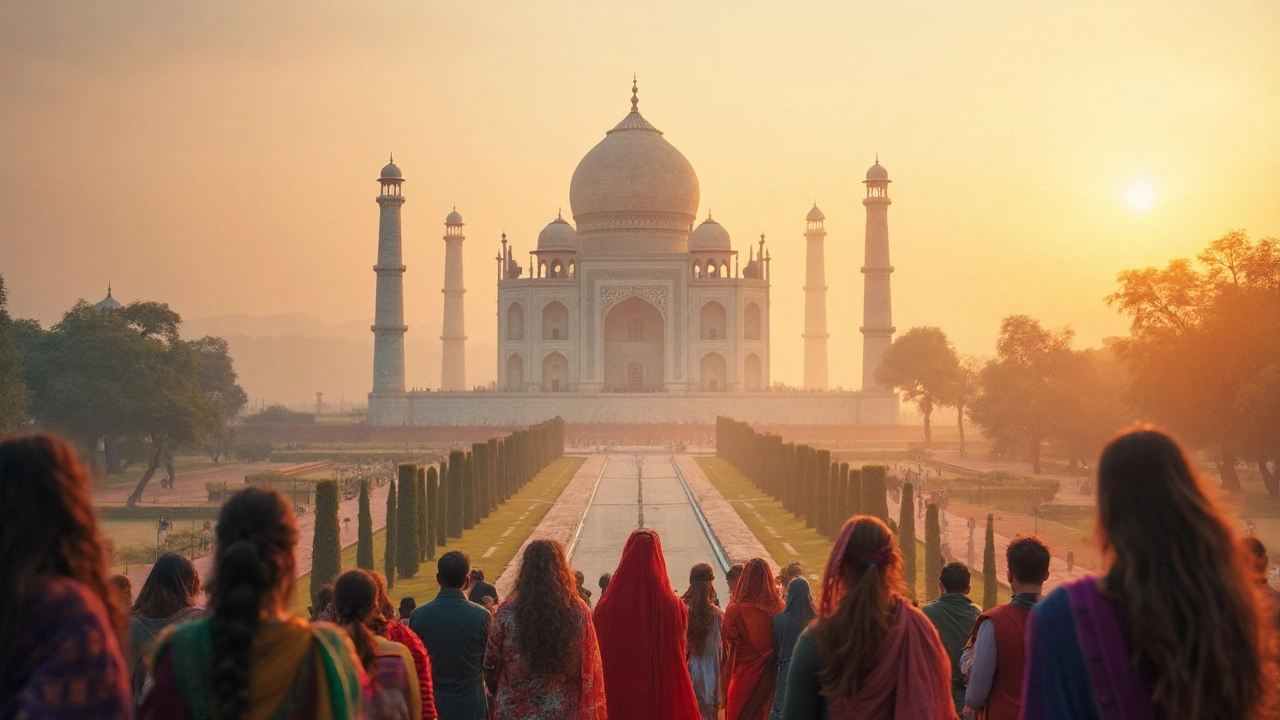Mughal Architecture: India’s Grand Legacy in Stone and Sky
When you think of Mughal Architecture, a grand style of building that merged Persian, Islamic, and Indian traditions under India’s Mughal emperors between the 16th and 18th centuries. Also known as Indo-Islamic architecture, it’s the reason India has some of the most photographed structures on Earth. This isn’t just old buildings—it’s history carved in marble, sandstone, and intricate inlay work that still draws millions every year.
Mughal Architecture isn’t a single building. It’s a system. It includes massive forts like the Agra Fort, a fortified palace complex in Uttar Pradesh that served as the main residence of the Mughal emperors, grand tombs like the Taj Mahal, a white marble mausoleum built by Emperor Shah Jahan for his wife, now India’s top tourist attraction, and sprawling gardens like Shalimar Bagh. These structures weren’t just for show—they reflected power, faith, and a deep love for symmetry and detail. The use of charbagh gardens, domes that seem to float, minarets that frame the skyline, and pietra dura inlay with semi-precious stones made each site a statement. And yes, many of them are now part of the UNESCO World Heritage Sites India, a list of culturally and naturally significant places protected by international agreement, meaning they’re not just Indian treasures—they’re global ones.
You’ll find Mughal Architecture not just in Agra or Delhi, but scattered across North India—from Lahore to Burhanpur. It’s the reason why temple visits in India often include a stop at a Mughal-era gateway, why heritage tours always include a walk through the Red Fort’s courtyards, and why even casual travelers snap photos of those perfect arches and reflective pools. This style didn’t just influence buildings—it shaped how India thinks about beauty, space, and legacy.
What you’ll find in the posts below isn’t just a list of old buildings. It’s the real stories behind them—the people who built them, the myths that grew around them, and how they still shape travel today. Whether you’re planning a trip to see the Taj Mahal or just curious why India’s most famous landmarks look the way they do, these articles give you the clear, no-fluff facts you need.
